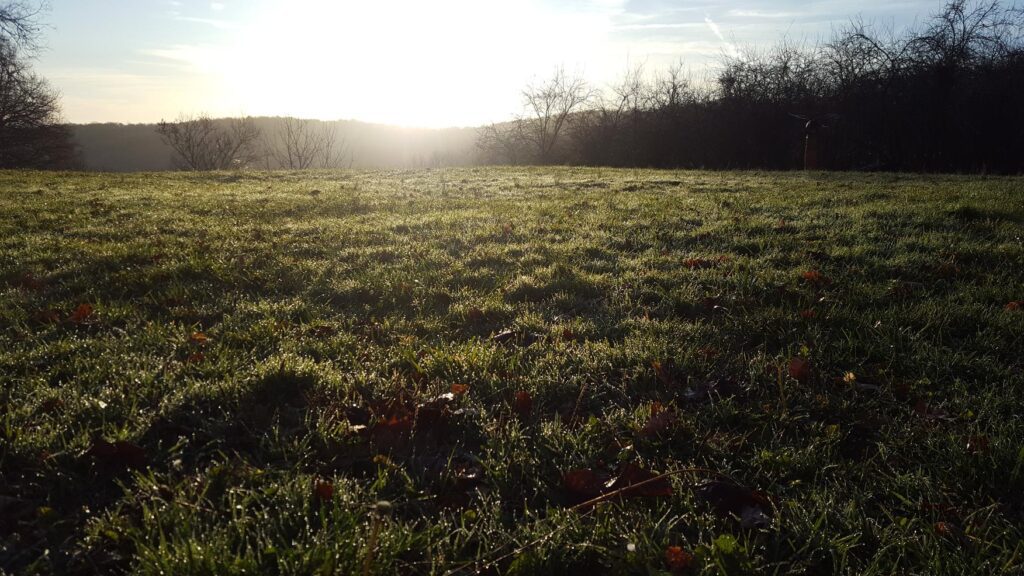When observing others, when investigating history, there is always more than one aspect to see.
People are human beings, they are real.
They have strengths, they have weaknesses. They show excellence, they show flaws.
It doesn’t automatically lead to strengths or excellence being right. Nor to weaknesses and flaws being wrong. There is more to it.
Often there is no right or wrong. Context and perception influence our assessment. Intention gives action a direction, but not necessarily an outcome.
To learn from others we need to pay attention to both, what we perceive as right as well as what we perceive as wrong., excellence and flaws, weaknesses and strengths. They are interconnected.
It’s not possible to simply copy what others do well and avoid what they don’t do well.
But we can let ourselves be inspired by both.
It then is up to us to then chose how to follow the directions our inspiration indicates.
Implementation comes after inspiration.

